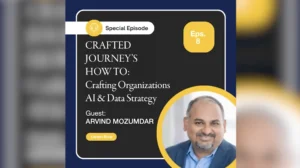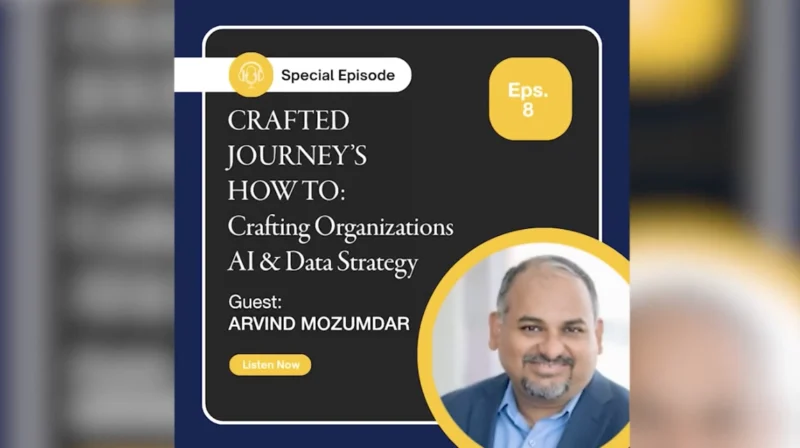Conscious Leadership Implementation in the Workplace
Thought leadership is a vital aspect of a workplace’s function. It stands to help play a part in how well a company performs and what new and innovative changes are made. It’s become such a major factor in the future of brands and companies that in addition to the 69 percent of companies that have already incorporated thought leadership in their marketing strategy, it is projected that close to 30 percent more companies will begin to as well, according to Sem Rush.
Despite how increasingly common thought leadership implementation is becoming at many companies, it’s also changing how companies need to operate because when it comes to hiring staff—there’s a different type of quality employers are in search of. How does thought leadership impact the hiring process and worker expectations?
In the latest episode of “Tuesdays with Morrisey”, Adam Morrisey talks with Rodolfo Carillo about conscious leadership and Carillo’s book, “BE-ing Leadership: How to Thrive Using the SER Model.”
Carillo said that leaders have a responsibility of maintaining and ensuring company values are met, whilst also accepting that perfection won’t always be attainable. A key component in that is the leader being able to understand they won’t always have the answer to every issue, but if they stick to the plan, their leadership will be effective. Per Forbes, the alignment of values is the main factor in that success.
“Leading people who are thinking is much harder than leading people who are just doing. Cause now you have to convince people about thinking the way you think and seeing what you’re seeing, so they actually make decisions in alignment with what you want to do,” said Carillo.
Morrisey and Carillo discussed:
- The pros and cons in the workplace that leaders will encounter
- Famous thought leaders that Carillo is inspired by
- How employers are shifting their workplaces to make room for conscious leadership
“It’s a very important shift in the way we’re doing business right now. Because we used to hire people and train them to do one thing over and over and over again for many years, and right now most companies hire people to think and to make decisions,” said Carillo.









